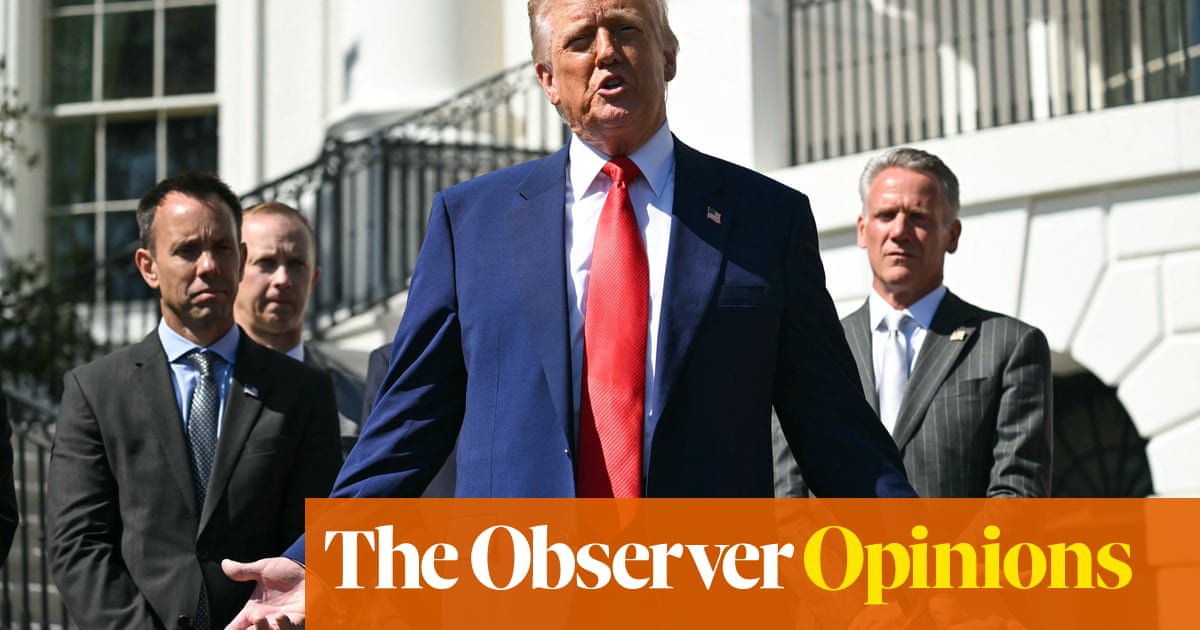Is the era of unchallenged US economic dominance coming to an end? This article examines the shifting sands of global trade, driven by factors like the US debt market volatility and rising protectionism, revealing the emerging trends that will define the new world order. Discover how these changes create both significant risks and unprecedented opportunities for businesses and nations navigating the evolving global trade landscape.
Table of Contents
The recent turmoil in the US debt market, coupled with rising protectionism, signals a pivotal moment for global trade. The traditional dominance of the United states is being challenged,creating both risks and opportunities for nations worldwide. This article delves into the potential future trends emerging from this evolving landscape, offering insights for businesses, policymakers, and citizens alike.
the US Debt Crisis and Its Ripple Effects
the near-collapse of the US government debt market [[1]] has sent shockwaves through the global financial system.This event, coupled with the looming threat of a US debt default [[2]], has the potential to undermine the dollar’s safe-haven status and trigger economic instability. The US national debt, projected to reach $56.9 trillion by 2034 [[3]], is a major concern.
This situation forces a reevaluation of global financial strategies.Countries and investors are now more cautious about their reliance on US debt and the dollar.
The rise of Protectionism and Trade Wars
The resurgence of protectionist policies, exemplified by high US tariffs [[1]], is another significant trend. These measures disrupt established trade relationships and create uncertainty for businesses. The ongoing trade tensions between the US and China further exacerbate this situation, potentially leading to a fragmented global trade system.
Pro Tip: businesses should diversify their supply chains and explore alternative markets to mitigate the risks associated with trade wars.
The EU’s Role in a New Trade Order
In this evolving landscape, the European Union is positioned to play a crucial role. With its commitment to multilateralism and its focus on removing tariffs [[1]], the EU can lead the effort to create a new global trade architecture. The EU’s approach to resist extra-territorial American claims and defend its product standards is a key element.
Did you know? The EU is actively seeking closer trade relationships with countries like Canada, demonstrating its commitment to forging new partnerships.
China’s Growing Influence
China’s increasing economic and technological power is reshaping the global trade landscape. While engagement with China is necessary, it’s crucial to recognize its strategic ambitions. The rise of “Autocracy Inc” [[1]], a network of countries aiming to undermine democratic values, highlights the need for vigilance.
Reader Question: How can democracies effectively engage with China while safeguarding their values and interests?
The Path Forward: collaboration and Adaptation
The future of global trade hinges on collaboration and adaptation. Democracies must work together to create a new trade order that promotes fair competition,protects human rights,and upholds the rule of law. This requires a willingness to move beyond narrow national interests and embrace multilateral solutions.
For countries like the UK, forging strong alliances with the EU and pursuing deeper trade deals is essential. The potential economic benefits of such partnerships are significant, as demonstrated by the potential GDP gains from a deeper EU deal [[1]].
Frequently Asked Questions
Q: What are the main risks associated with the US debt crisis?
A: Potential credit rating downgrades, economic turmoil, and a decline in the dollar’s global standing.
Q: How can businesses prepare for trade wars?
A: By diversifying supply chains, exploring new markets, and staying informed about policy changes.
Q: What role will the EU play in the future of global trade?
A: The EU is positioned to lead efforts to create a new trade order based on multilateralism and fair competition.
Q: What is the meaning of China’s growing influence?
A: China’s economic and technological power is reshaping global trade,requiring careful engagement and strategic planning.
The future of global trade is uncertain,but one thing is clear: the old order is fading. By understanding these trends and adapting to the changing landscape, businesses and policymakers can navigate the challenges and seize the opportunities that lie ahead.
Want to stay informed about the latest developments in global trade? Subscribe to our newsletter for regular updates and expert analysis!

